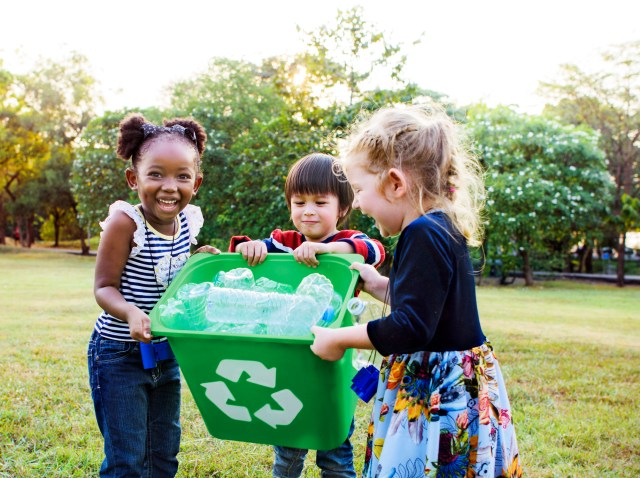Every day should be Earth Day when it comes to caring for our planet and mankind. Even if your family doesn’t travel the planet on a regular basis, there are plenty of ways your kids can change the world. There are plenty of easy ways to foster your kids’ respect, empathy and compassion for cultures that differ from their own. Read on for our favorite ideas below.
This article is sponsored by Wind Riders #1: Rescue on Turtle Beach, HarperCollin’s illustrated chapter book series about two kids’ adventures tackling real-world problems. First up: Rescuing sea turtles. Get your copy today.

1. Become a world traveler in your own town. Expand your kids' horizons by visiting neighborhoods and communities of various cultures in your own hometown––dine on traditional ethnic cuisine, experience the local art and museums. Spend time exploring your city's Chinatown, attend cultural festivals and celebrations, teach your kids about races and ideologies that differ from your family's. Check out our list of places to visit to understand race in America and seek similar learning opportunities where you live.
2. Play in nature daily. Teach your kids that nature is a gift to be treasured and they'll grow up with the desire to protect the planet. Go hiking, chase butterflies, swim in lakes, surf in the ocean, observe ants marching in a line, stargaze, inspire young minds with the awareness that we all need to care for Mother Nature with responsible daily actions.
3. Use maps as home decor. The world is much bigger than your neighborhood, but children may not understand that. Hang a city map and a world map in your home so your kids can think outside their immediate surroundings and become global minded.
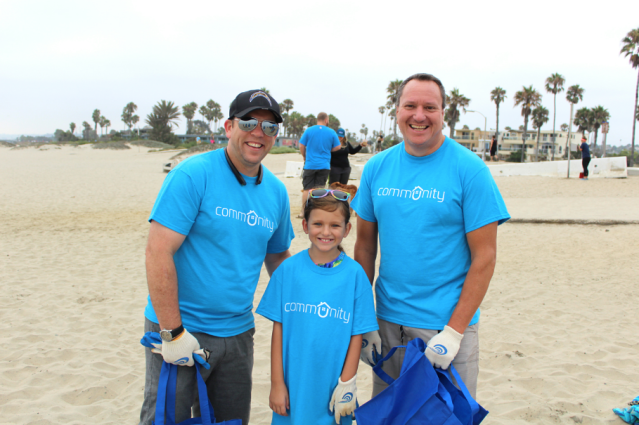
4. Join the mission to clean-up your city. Whether you pick up garbage on your walk to school or sign up for your local beach/river/lake clean-up with the Surfrider Foundation, once your kids see firsthand the amount of trash people litter, they'll understand why it's the wrong thing to do. It's a win-win because they're helping beautify the planet and witnessing firsthand the negative impact that humans can have on nature.
5. Ditch the plastic. Teach kids they can make a huge difference in the earth's health by simply not using plastic, which accounts for a massive amount of ocean and land pollution while harming the environment with its production and disposal. Get your kids reusable water bottles and lunch systems and straws. Stop using plastic baggies and opt for reusable snack bags. Tote cloth shopping bags to the grocery store so you don't need to use plastic bags (and save money on the bag fee too!).
6. Avoid products that are harmful to the planet. Educate your kids about avoiding products that are destructive to humans, animals and the planet ie: plastic six-pack rings kill at least 100,000 marine creatures per year! (source) Additionally, you can shop smart together and purchase products from companies that don't do animal testing while also buying organic food, clothing and household goods to support farmers and manufacturers who don't use toxic chemicals.
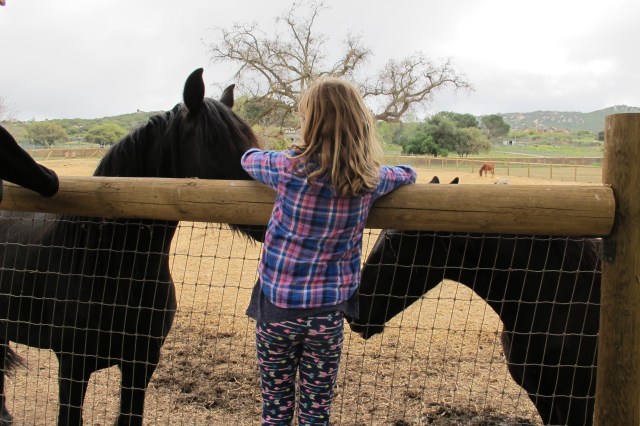
7. Spend time with animals. From your family pet to a gorilla across the globe, your kids will learn respect and reverence for all creatures by growing up alongside and/or learning about all of the amazing animals that share the planet. Ways kids can interact with animals daily include walking the elderly neighbor's dog, volunteering at an animal shelter or fostering animals waiting for their forever homes. Discuss endangered species with your little ones and explain how animals are threatened by deforestation, climate change and habitat destruction. Visit a local wildlife conservation center to explore ways humans can save animals from endangerment or extinction. There are also great documentaries like Planet Earth that will leave kids in awe of what's going on in the animal kingdom every day!
8. Volunteer and do good deeds to help the less fortunate. There are countless ways kids can help others, even without leaving the house. A project you can do as a family is to make blessing bags for the homeless. Doing so will help kids learn empathy for people who have no shelter or even basic necessities. Kids can also help end hunger by hosting a bake sale and donating the proceeds to No Kid Hungry or accepting donations to their favorite charity in lieu of birthday gifts. Any act of service that teaches them to think of the well-being of others will make them more global-minded. Share these stories of 8 kids under age 12 who are changing the world right now to inspire them and prove that regardless of being young, they can do great things and make an impact.
This article is sponsored by Wind Riders #1: Rescue on Turtle Beach, HarperCollin’s illustrated chapter book series about two kids’ adventures tackling real-world problems. First up: Rescuing sea turtles. Get your copy today.

9. Read! Reading stories and books about different races and cultures and stories set in various countries is a powerful tool to help your kids learn about the world and humanity. Here are 21 African American history books to read with your kids. Additionally, the subscription box Little Global Citizens takes kids on a new global adventure each month via books, cultural activities, interactive crafts, language, music, toys and a themed dinner party night! Little Passports is another great subscription service where kids can become world explorers by discovering a new country each month.
10. Encourage kids to champion a cause. Whether your kid wants to instill a marker recycling program at his school, help save an endangered species, join a women's march, or fight climate change, the world needs their passion to fuel meaningful causes. No voice or action is too small when it comes to what's right, so be your kid's biggest cheerleader when they seek to make positive changes––and help them along in any way you can!
11. Spend wisely. Learning the basics of being a global citizen most definitely includes a lesson on finance. Whether it's teaching your kiddos the basics of consumerism, or donating fiscally to a cause, littles can learn at a very young age that partnering with large agencies to help those in need is a must for mankind.
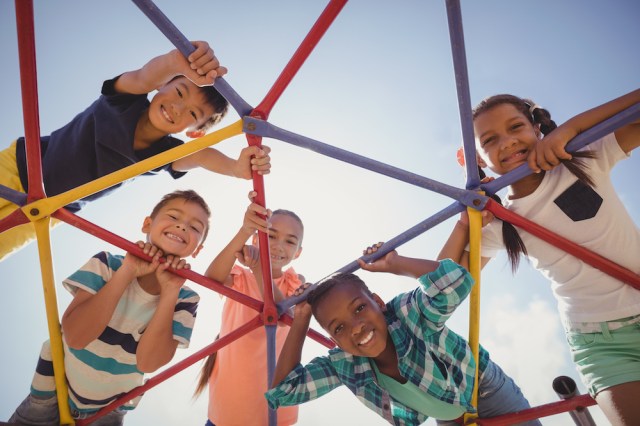
12. Go vegan or vegetarian, or do Meatless Mondays. You can save a whopping 20.6 million animals by eating vegetarian food once a week for a decade. Due to an upward trend in alternative diets, it's easier than ever to instill Meatless Mondays in your family's meal rotation or to switch to a vegan or vegetarian diet thanks to a slew of delicious plant-based products that have hit the market. According to the Meatless Mondays website, when you eat sans meat, you save the planet from the "detrimental impact ... (of) increasing the greenhouse gas emissions that cause global warming and depleting our scarce natural resources, including water, land and energy." Check out our favorite plant-based cookbooks to hit the shelves in 2019 so far for plenty of inspiration. Bonus if you prepare vegetarian cuisine from another culture: Thai curry, or Aloo Palak!
13. Learn another language as a family. Among the many benefits of learning a second language, doing so enables kids to connect with another culture and according to one study, "foreign languages foster greater empathy in children" and help them see life through another's perspective more readily. Get started with these kid-friendly apps that teach kids new languages.
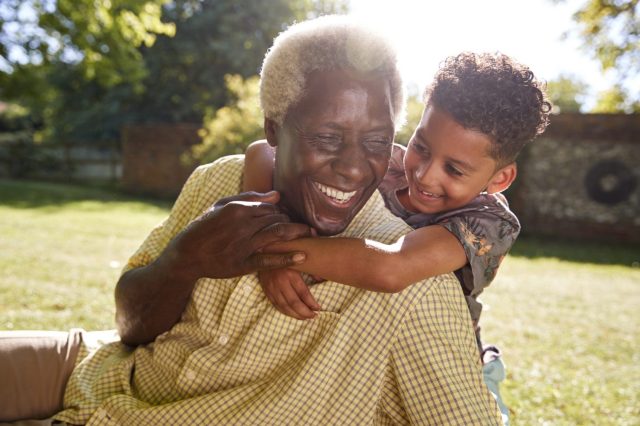
14. Do a Good Deed Every Day
Get creative with making the world a better place, one small act at a time. Whether you’ve got toddlers, teens or any age in-between, you can create a kindness calendar that suits their age and goals. Go uber-simple and use a regular wall calendar or mark one up out of poster board. All you really need is a chart of days and space to write out one act per day. Make a chic good deed advent calendar you'd be proud to hang in your house or try out a toddler holiday giving calendar for inspiration. Examples of deeds for younger kids include simple things like asking someone at home if they need help; sharing a toy without being asked first; giving out an extra hug and high-fiving mom. Older kids can get more complex: offer to mow someone's lawn, donate one hour to cleaning up the parks, read to an elder at a local retirement home. The good deed possibilities are endless: do what inspires you!
15. Practice Kindness in Public
Inspire your kids by modeling the kind of behavior you’d like to see in the world. While you might not be ready to doll out the Free Hugs with your littles, there are plenty of other simple gestures like holding doors open for strangers, saying excuse-me if you bump into someone in a store, or asking someone sincerely how they are feeling that day. During the hectic holiday season, these little kindnesses can be extra important. Don't just stop at common courtesy, though. Try buying a cup of coffee for the person behind you in line, carrying your neighbors' groceries to their door or buying flowers for a total stranger. Read this mom's story about opportunities to show compassion for some added inspiration.
This article is sponsored by Wind Riders #1: Rescue on Turtle Beach, HarperCollin’s illustrated chapter book series about two kids’ adventures tackling real-world problems. First up: Rescuing sea turtles. Get your copy today.

16. Keep a Bundle of Kindness Cards to Give Out
The easiest way to send out spontaneous or heartfelt greetings is to make sure you have a stash of cards on hand. Get the kiddos in on it by making a few cards at a time: this keeps it fun and creative without feeling like a chore. To get a uniform look but still have the kid-crafted vibe, have your kids paint paper with different patterns and then use a cookie cutter to cut out shapes. Glue these to the front of folded drawing or card stock paper. Alternatively, trace shapes directly onto the paper with cookie cutters and let the kids color them in. When the kids have a little downtime and are feeling inspired, have them do a few original drawings and add them to the mix. Whenever you want to send a little note along to someone, the cards are right there at the ready.
17. Set Up an Inspiration Station
Keep their imaginations active by making sure each kid has his or her own mini inspiration station somewhere in the house. It can be a small section of the wall or a bulletin board hung right at their height, or even a spot on the fridge. The idea is to designate a place where kids can have their own mini vision-board: wishlists, dreams, happy thoughts, fave photos, beautiful pictures from magazines or anything that sparks their imagination all belong at their inspiration station. It's a place they can look at that makes them feel happy, calm and creative, and one they can change with a minimum of effort.
— Taylor Clifton, Beth Shea with Amber Guetebier & Karly Wood
RELATED STORIES:
8 Kids Under 12 Who Are Changing the World, Right Now
(Nearly) Effortless Ways You Can Help End Food Insecurity
35 Simple Ways to Save the Planet
12 Ways Kids Can Give Back Without Leaving the House
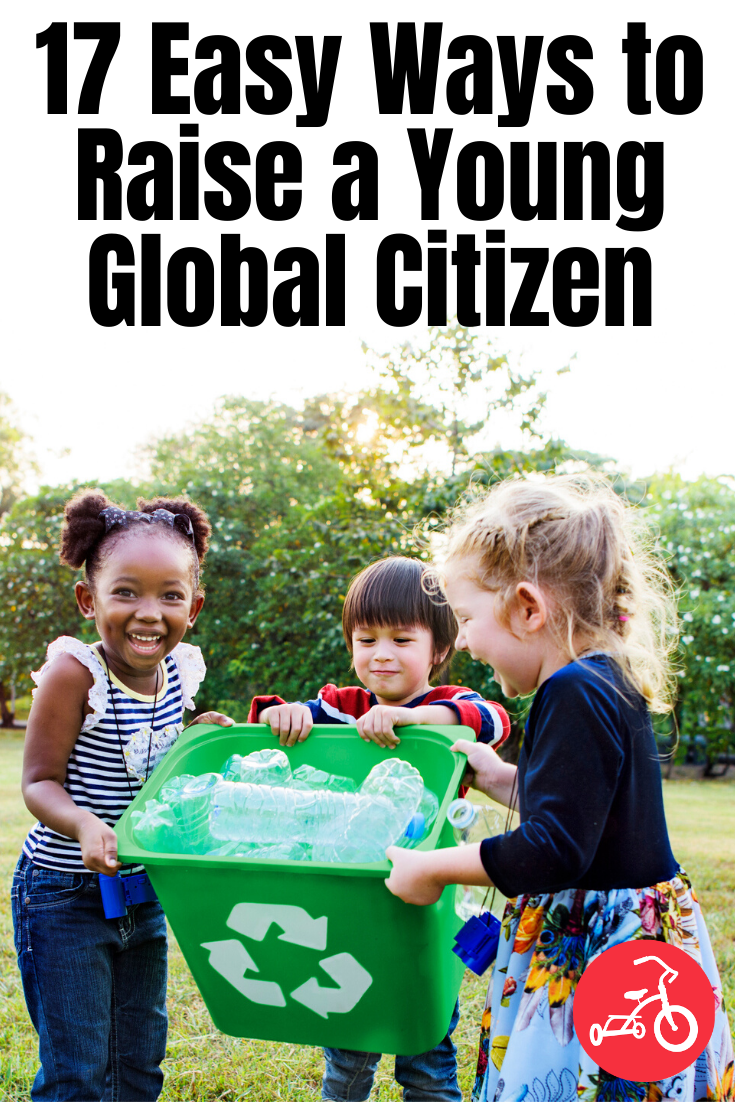
Need some fresh ideas?
Subscribe to our weekly newsletter for expert parenting tips and simple solutions that make life instantly better.
By subscribing you agree to Tinybeans Terms and Privacy Policy
